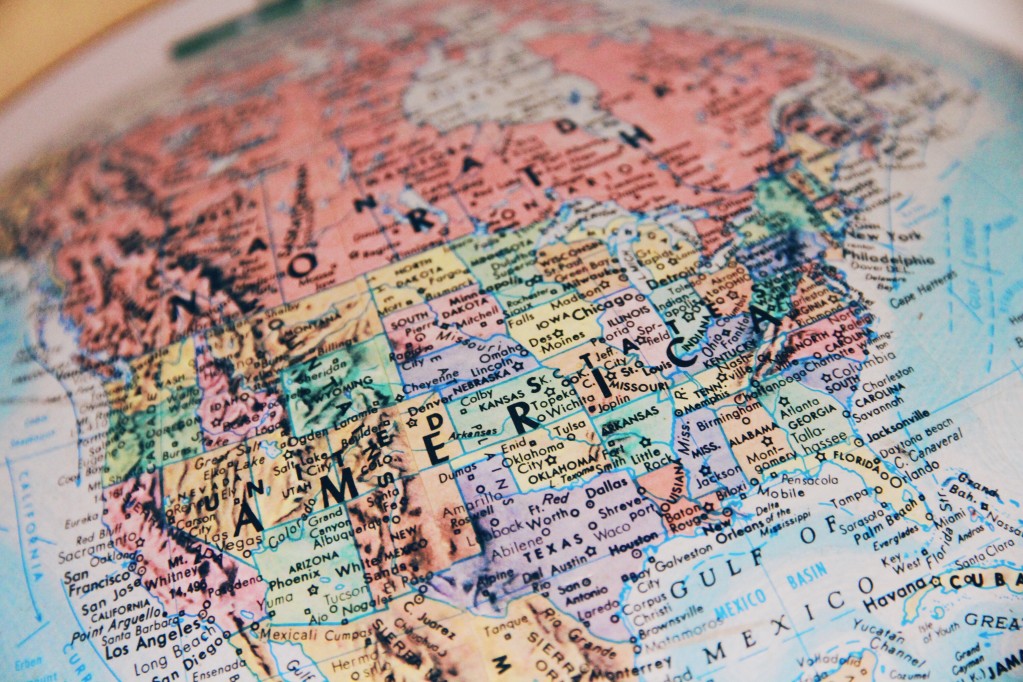Wondering how long will mail take from ZIP code to ZIP code? You’re not alone—and the answer’s easier to find than you might think. The quickest way to get a real delivery estimate is to check the class-by-class timelines below, then plug your two ZIP codes into the USPS Service Commitments lookup for an exact “delivered by” date. It’s fast, reliable, and saves you from guessing when your letter or package will actually arrive.
Quick Answer by Mail Class
First-Class Mail (letters & flats)Most letters land in 1–5 business days. Nearby ZIPs and quiet mailrooms tend to be faster; long hauls and busy seasons add a day or two. If it’s not urgent, First-Class is the easy, budget-friendly pick.
Priority Mail (most parcels)Usually 1–3 business days from the moment USPS accepts your package. You get tracking, and in many cases some built-in insurance—handy when you’re sending something that matters.
Priority Mail Express (fastest, money-back)This is the deadline hero: overnight to 2-day to most ZIPs with a money-back guarantee. Great for checks, contracts, or anything you absolutely need there on time.
Check Your Exact ETA with the USPS Service Commitments Tool
Enter Origin & Destination ZIPsHead to USPS Service Commitments. Type the origin ZIP (where you’re mailing from) and the destination ZIP (where it’s going). That’s enough to start narrowing down a date.
Pick the Mail Class
Choose First-Class, Priority, or Priority Mail Express and the tool will show USPS’s current commitment for that route. It’s a quick way to sanity-check your plan.
Note the “Delivered By” Date & Local Cutoff
You’ll see a clear “delivered by” date. Just remember: if you miss your post office’s acceptance cutoff, the clock starts the next business day. You can check hours (and often last acceptance times) at USPS Retail Hours & Locations.
Pro tip: Cutoffs can be earlier than closing time. If you’re tight on timing, ask a clerk for the latest acceptance time for each service
What Really Determines ZIP-to-ZIP Delivery Time?
Distance & USPS Zones
USPS uses zones—basically distance bands—to route mail. More distance usually means more sorting stops and handoffs, and that can nudge delivery by a day. For parcels, USPS explains zones on Priority Mail.
Post Office Acceptance Cutoffs
Drop stuff after the daily cutoff and it’s processed the next business day. If “tomorrow” works, you’re fine. If not, arrive before cutoff—or go Priority Mail Express.
ZIP+4 & Address Quality
Clean addresses move faster. Adding ZIP+4 helps your mail sail through automated sorting instead of getting pulled for manual review. Look it up with USPS ZIP+4 Lookup.
Package Size/Shape & Non-machinable Surcharges
Rigid, bulky, or lumpy pieces don’t always play nicely with sorting machines. They can take a different path (and sometimes a bit longer). If timing matters, keep formats machinable—or ship as a trackable parcel.
Weather, Holidays & Backlogs
Peak season (late Nov through early Jan), big storms, and regional backlogs can add 2–7+ days for non-Express services. A quick look at USPS Service Alerts can save you a headache.
Can You Track Letters Like Packages?
What Tracking Shows (and Doesn’t) for Letters
Plain First-Class letters don’t generate the same in-transit scans you see with parcels. If you check tracking and don’t see much, that’s normal for basic letters.
Add-Ons for Proof (Certified, Registered, Trackable Parcel)
Need receipts, timestamps, or proof of delivery? Use Certified Mail or Registered Mail—or just send it as a trackable parcel via Priority or Priority Mail Express. You’ll get full tracking and typically quicker handling.
What Actually Happens to Your Mail En Route
From Your Mailbox to the Sectional Center
After pickup (or a handoff at the counter), your item heads to the local Sectional Center Facility (SCF) for its first big sort. That’s where the system decides the most efficient path forward.
Air or Ground Transport to Destination SCF
Then it travels by ground or air to the destination SCF that serves the recipient’s area. From there it’s routed to the right delivery unit for your neighborhood.
Final Sort & Carrier Delivery
Your mail is sorted into a carrier’s route and delivered—often by late afternoon. Priority Mail Express commonly posts a morning commitment in many ZIPs, which is clutch when you’re racing a deadline.
Weekend & Holiday Delivery Rules (at-a-glance)
Saturdays
Plenty of areas deliver First-Class and Priority on Saturdays. Priority Mail Express typically delivers, too.
Sundays
Priority Mail Express can deliver to eligible ZIPs (sometimes with an added fee). First-Class and standard Priority don’t normally run on Sundays.
Federal Holidays
No regular delivery on federal holidays, so add a little cushion if a holiday sits inside your window. For dates, see USPS Holidays.
At-a-glance table
| Scenario | First-Class | Priority | Priority Mail Express |
|---|---|---|---|
| Saturday delivery | Often yes | Often yes | Yes (most ZIPs) |
| Sunday delivery | No | Rare | Limited/eligible ZIPs |
| Federal holidays | No | No | No |
If Timing Is Critical, Do This
Ship Class + Cutoff + ZIP+4 Checklist
-
Pick Priority Mail Express for anything with a hard deadline.
-
Get to the counter before cutoff (confirm via USPS Retail Hours).
-
Use a complete address with ZIP+4.
-
Try to avoid peak-season Mondays if you can.
-
When in doubt, send as a trackable parcel for clearer updates.
Manage Incoming Time-Sensitive Mail with US Global Mail
If the bigger challenge is receiving your mail and handling it quickly, a US Global Mail Virtual Mailbox can simplify everything. You’ll receive same-day digital scan alerts when items arrive, preview your envelopes or contents securely online, and forward important mail using USPS Priority or Express shipping—all without visiting the post office.
Curious about pricing? Compare US Global Mail’s virtual mailbox pricing options to find the best plan for your needs. Managing mail for a business, team, or multiple locations? Discover how US Global Mail Enterprise Mail Management Solutions can streamline incoming and outgoing mail for organizations of any size.
And if you’re dealing with mail delivery delays or missing packages, these helpful resources explain what to do next:
FAQ’s
1. How Long Does USPS Take to Deliver Mail?
4. What Time Does USPS Deliver in My Area?
USPS typically delivers mail between 9:00 AM and 5:00 PM local time. Express Mail may arrive by 10:30 AM, while all mail is expected by 5:00 PM. Use the USPS Service Commitments tool with your zip code for exact timing.
5. How Long Does It Take for a Stamped Letter to Arrive?
A stamped First-Class letter typically takes 1 to 3 business days to arrive. Use the USPS delivery standards map and input your zip code, destination, and mail class to get a precise estimate.
6. How Long Does Standard Mail Take To Deliver Mail?
Standard mail takes 3 to 4 business days on average. Priority Mail takes 1 to 3 days. Priority Mail Express arrives in 1 to 2 days. Delivery varies by zip code, so checking with the USPS calculator before shipping is recommended.
7. How Does Mail Travels from State to State with USPS?
Mail delivery includes five steps: drop off, local pickup, transport to a Sectional Center, air shipment, sorting at destination, and final delivery. Each step can introduce delays, especially during peak seasons.







